The 10 Coolest Flash Storage/SSD Products Of 2013
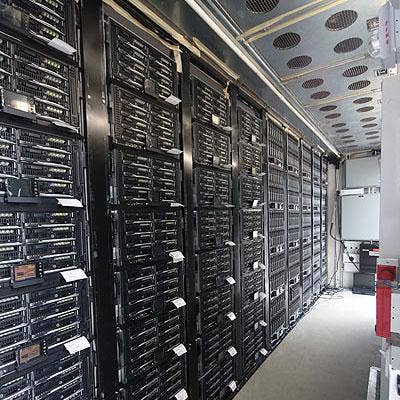
Flash Storage 2013: Performance To The Nth Degree
Flash storage became a mainstream product in 2013 as storage vendors from the tiniest startups to the legacy behemoths shipped solutions to apply flash memory technology to increasing storage performance.
Those solutions, ranging from combination SSD/spinning disks to sharing PCIe flash storage in multiple servers to hybrid disk/flash storage arrays to full-blown all-flash arrays, made 2013 a good year for customers looking for ways to squeeze ever more performance out of their storage solutions while trying to keep budgets under control.
CRN has collected 10 interesting and unique ways storage vendors have applied flash technology. So sit back, secure your seatbelts, and turn the page for ways to get mind-boggling performance in the data center.
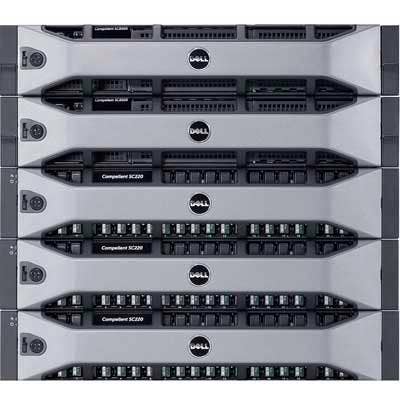
Dell: Auto-Tiering Between SLC And MLC Flash
Dell's biggest contribution to the flash storage debate was its October introduction of new Compellent storage systems with what it billed as the industry's first intelligent tiered flash storage technology, a move aimed at improving flash performance while bringing the cost down to hard drive levels.
The new tiered flash technology, first unveiled in June at the Dell Enterprise Forum, combines high-speed SLC flash memory with slower but cheaper MLC flash memory. Dell then applies its Data Progression auto-tiering software to automatically tier data between the SLC and MLC flash memory and to hard drives.
As data is ingested, it goes to SLC flash for the highest write performance, and it is then migrated to MLC flash, which costs less but has about the same read performance as SLC.
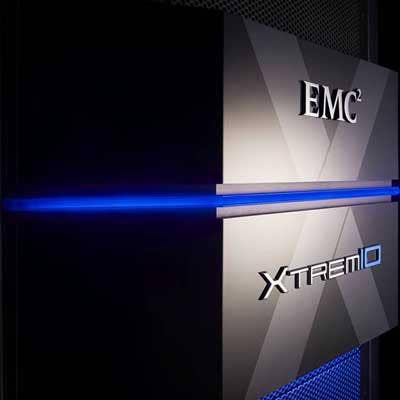
EMC Finally Releases XtremIO All-Flash Array
It took 18 months from the time EMC acquired flash storage startup XtremIO to when it finally released XtremIO arrays to the market. But with the release, EMC became the first traditional storage vendor with an all-flash array built from the ground-up for flash.
EMC XtremIO is sold in modules called "X-Bricks." The initial models are available with 10 TB of raw capacity, with 20-TB models slated to ship early next year. Up to four X-Bricks can be clustered together.
With in-line deduplication, EMC expects customers by early next year will be able to configure about 250 TB of logical capacity with performance of about 1 million IOs per second, with higher capacities and performance expected in the future.
The array's proprietary data protection scheme, called XDP, uses only 8 percent of capacity for overhead to help reduce the endurance of the flash memory.
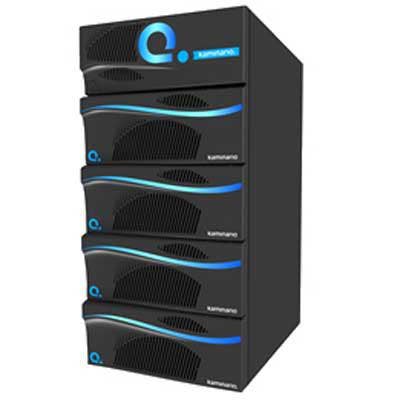
Kaminario: Fourth-Generation All-Flash Storage Array
Kaminario, a Newton, Mass.-based developer of scale-out flash storage technology, earlier this released its fourth-generation K2 all-flash storage array.
New to the Kaminario K2 v4 is 400 percent more read/write bandwidth than in previous versions, with a low latency of about 120 microseconds for data writes. The array also provides a 500-percent density increase over previous versions at half the price.
Also new are non-disruptive upgrades, guaranteed performance under any failure with minimal impact, hot-swappable SAS drives and new high-performance snapshots. The arrays also support virtual desktop infrastructures (VDI), OpenStack cloud computing and RESTful APIs, along with a choice of iSCSI and Fibre Channel connections.
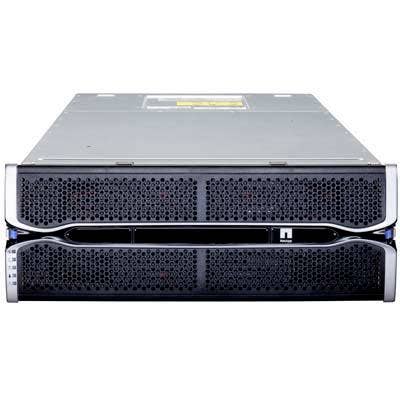
NetApp Enhances Existing Flash Array While Prepping Advanced Offerings
NetApp in November unveiled the second in its series of all-flash storage arrays, a family that stems from its 2011 acquisition of Engenio.
NetApp's new EF550 all-flash array features a sustained throughput of over 400,000 IOPS, a sub-millisecond response rate and over 12-GB-per-second bandwidth, regardless of what other features such as data protection are in use.
The EF550, a follow-on to NetApp's first all-flash storage array, the EF540, comes with a base capacity of 19 TB in a 2U rack-mount form factor, and expands to nearly 100 TB with additional disk shelves.
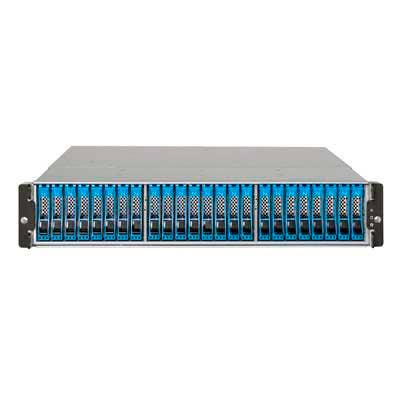
Nimbus Ups Flash Array Performance
San Francisco-based Nimbus Data, which is preparing to launch its IPO some time in 2014, in August unveiled new models of its all-flash arrays featuring low-cost 19-nanometer flash technology to bring the cost per usable GB of capacity to as low as 78 cents.
The two new arrays also feature a software enhancement that doubles the performance of Nimbus Data's previous models by treating random data writes as sequential writes.
The first, the F400, can be configured with up to 48 TB of capacity per 2U shelf after deduplication, or up to a total of 385 TB. It includes Fibre Channel and 10-Gbit Ethernet connectivity for use in NAS or in Fibre Channel or iSCSI SAN environments. The second, the F600, supports InfiniBand and 40-Gbit Ethernet connectivity.
Both models use 19-nanometer MLC flash, which the company said results in a 35-percent cut in the cost-per-Gbyte ratio. However, it is maintaining its 10-year warranty despite the use of the lower-cost flash.
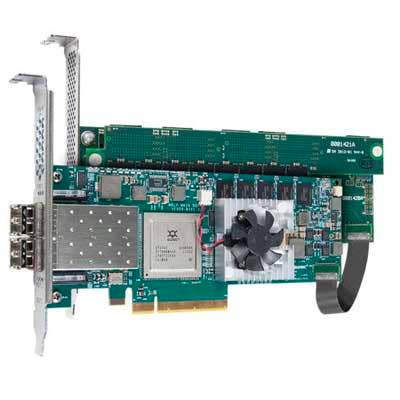
QLogic: Pooling Multiple Servers' PCIe Cache
QLogic earlier this year unveiled the QLogic FabricCache 10000 adapter, a flash-based caching SAN adapter targeted at pooling flash storage from multiple servers. The QLogic FabricCache 10000 adapter is aimed at adding performance to applications that can benefit from high-speed flash storage but increasingly do not run on a single server.
Typical PCIe flash cache in servers add performance but may suffer from a need for additional software drivers, as well as from the fact that applications want to run across multiple servers. The QLogic FabricCache 10000 overcomes that limit by joining a standard Fibre Channel adapter with SLC flash memory and QLogic's FabricCache software to combine the cache from multiple adapters over a Fibre Channel network into a pool.
The first iteration of the QLogic FabricCache 10000 adapter is based on a standard 8-Gbps Fibre Channel, and a 10-Gbps iSCSI-based version is slated for future release.
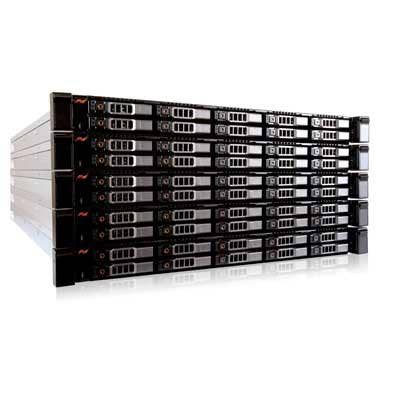
SolidFire: All-SSD Storage To 3.4 PBs?
Boulder, Colo.-based all-flash array developer SolidFire, which in July received a $31 million investment from flash memory maker Samsung, started shipping a new version of its storage solution that offers the possibility of building an all-SSD storage platform of up to 3.4 PBs.
SolidFire's newest all-SSD array, the SF9010, features Samsung's 960-GB SSDs. Like its previous models, the SF9010 features on-the-fly scaling of both capacity and performance.
The new SF9010 all-SSD nodes allow customers to build storage architectures of up to 100 nodes with a total capacity of 3.4 petabytes and 7.5 million IOPS, which SolidFire admitted is a theoretical limit, as no one has ever built out that large an architecture.
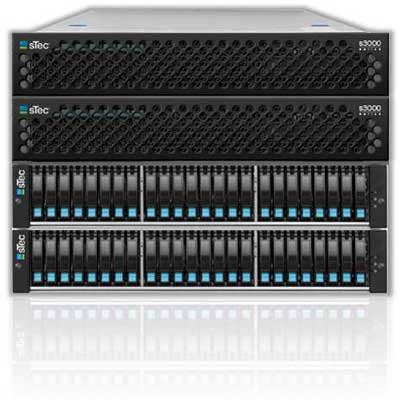
sTec: Combining SSDs And Windows Storage Server 2012
SSD vendor sTec, which this year was acquired by hard drive giant Western Digital, unveiled an all-SSD array based on the Windows Storage Server 2012 operating system.
The sTec s3000 storage appliance's use of Windows Storage Server 2012, as opposed to the typical Linux or proprietary operating system in most storage arrays, is designed to make the device more user-friendly for customers who prefer to standardize on Microsoft tools.
The sTec s3000 comes in a minimum high-availability configuration of two storage heads and two storage shelves. Each head includes two 8-core Intel Xeon E5-2680 processors, 128 GB of memory, dual-mirrored boot drives, four Gbit Ethernet ports and up to six 10-GbE ports. Each shelf includes eight to 48 SSDs for a total capacity of up to 96 TB of SSD storage per node. The sTec s3000 scales to up to eight nodes.
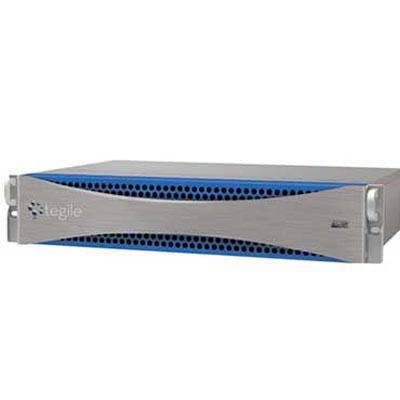
Tegile: Pay-As-You-Grow Hybrid Flash-Disk Arrays
Hybrid flash-disk storage array developer Tegile Systems, Newark, Calif., in November unveiled a new financing option that allows customers to pay only for as much capacity as they actually use on a monthly per-gigabyte basis.
The pay-as-you-grow option for Tegile's hybrid flash-disk arrays is based on the vendor's ability to meter customers' actual capacity utilization and allows the monthly cost of storage to increase or decrease based on capacity used.
For instance, a customer who only uses 10 percent of the array's capacity is billed for 10 percent of that capacity divided by 36, which is the number of months in the contract. If the customer in the following month uses 18 percent of capacity, the monthly rate rises to reflect it.
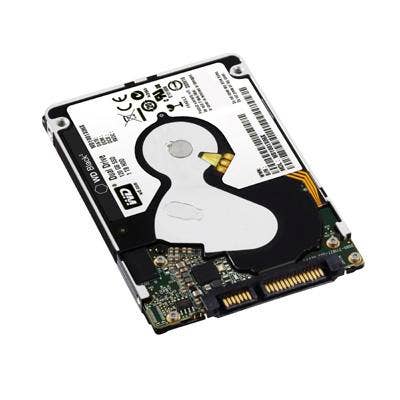
Western Digital: All-in-one Disk/SSD Combo For 1-Bay PCs
Western Digital last month released the WD Black2, the first storage drive that combines a full-featured SSD and a full-featured spinning hard drive in a single unit.
The WD Black2 dual drive targets notebooks, all-in-one PCs and enthusiast PCs that typically only have one empty drive bay. For that reason, the $299 list price for the WD Black2, which includes a 120-GB SSD based on MLC NAND memory technology along with a 1-TB spinning disk in a single enclosure, is higher than what users would pay to buy separate hard disks and SSDs with similar characteristics.
Because the new WD Black2 drive is really two separate drives accessed by a single SATA port, customers can run their applications or store specific data on the SSD part for performance. It ships as a 120-GB SSD, but when installed with the vendor's software, the 1-TB hard drive capacity is exposed as a separate volume.